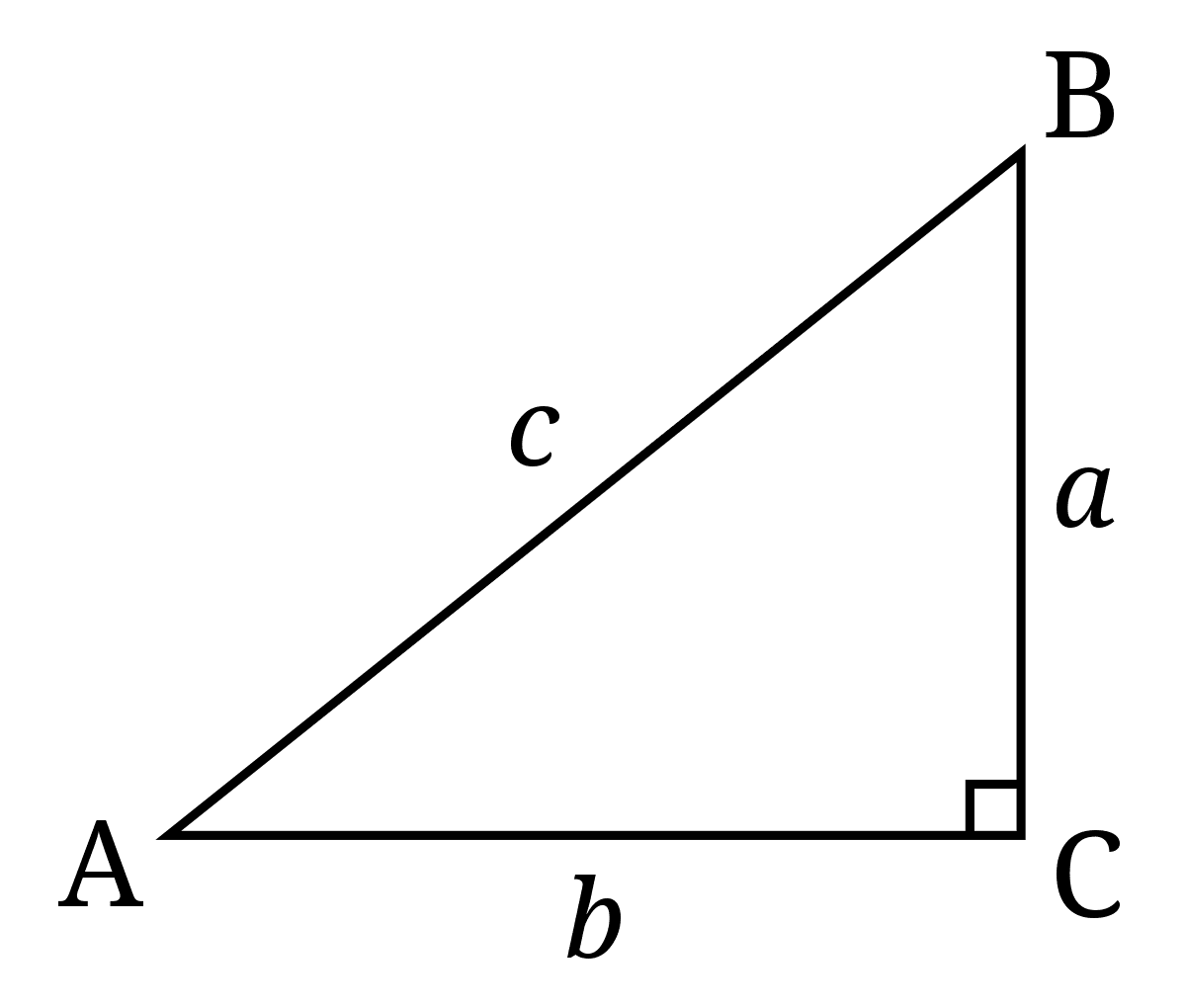Brydawg512
Well-Known Member
Hello all,
Just getting into long range shooting (eventually for purposes of hunting if need be) and had a question regarding angle compensation for shooting. I just recently purchased a Sig Sauer Kilo that has the AMR function as well as LOS function. First question is, should I use AMR? Say I have a shot at 500 yards, but there is an angle. I range it and the AMR says 425 yards. Would I then just adjust my elevation turret for a 425 yard shot? Is it that simple? Thanks in advance.
Just getting into long range shooting (eventually for purposes of hunting if need be) and had a question regarding angle compensation for shooting. I just recently purchased a Sig Sauer Kilo that has the AMR function as well as LOS function. First question is, should I use AMR? Say I have a shot at 500 yards, but there is an angle. I range it and the AMR says 425 yards. Would I then just adjust my elevation turret for a 425 yard shot? Is it that simple? Thanks in advance.

